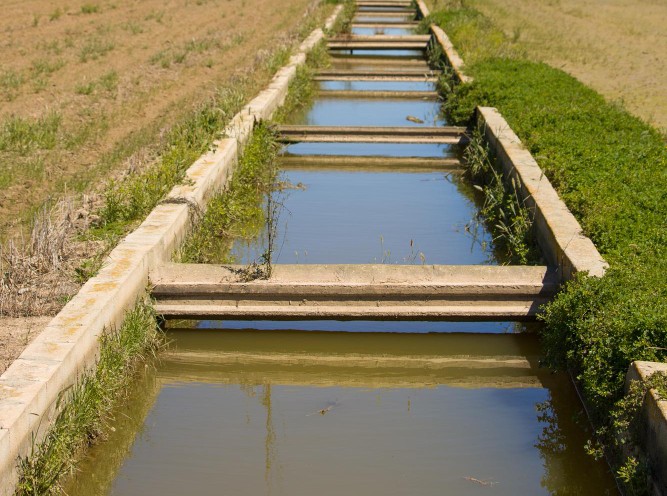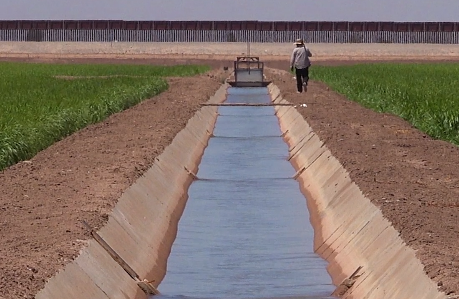
A Solution to Prevent Waterlogging and Disease Risk
One of the most important factors for maintaining a healthy garden is an effective drainage system. Especially during the rainy season, when heavy rainfall can cause waterlogging, having a good drainage system will help prevent this issue and reduce the risk of disease in your plants. This article will provide solutions to help you build and maintain an effective drainage system for your garden.

1. The Importance of a Good Drainage System
Waterlogged soil not only makes it difficult to sustain plant life but also creates an ideal environment for many harmful diseases, particularly those caused by fungi. When soil cannot drain well, plant roots become submerged in water, leading to oxygen deprivation, and plants will gradually weaken, providing an opportunity for bacteria and fungi to grow.
Benefits of a good drainage system:
-
Helps maintain proper moisture levels without waterlogging.
-
Provides oxygen to plant roots, promoting healthy growth.
-
Reduces the risk of fungal and bacterial diseases due to waterlogging.
2. Methods to Build a Drainage System for Your Garden

To ensure an effective drainage system, you should implement the following basic measures:
-
Create a Slope in Your Garden: A slight slope helps water naturally flow out without accumulating. This is particularly important when planting in low-lying areas or places with heavy rainfall.
-
Dig Drainage Ditches: You can dig ditches around your garden or under plant rows to allow water to flow out quickly. Make sure the ditches are designed so that water doesn't accumulate in the planting area.
-
Install Drainage Pipes: If your area frequently experiences waterlogging, installing underground drainage pipes can ensure that water flows out quickly and effectively.
-
Use Water-Permeable Membranes: For areas with poor drainage, you can use specialized water-permeable membranes to prevent water accumulation, ensuring the soil remains dry and healthy.
3. Control Soil Moisture During the Rainy Season

Maintaining stable soil moisture levels during the rainy season is crucial to prevent waterlogging. You can use soil moisture meters to monitor moisture levels regularly and adjust your watering accordingly. If the soil becomes too wet, reinforce the drainage system or modify your watering method to avoid waterlogging.
Effective methods for controlling soil moisture:
-
Use drip irrigation systems to provide adequate water to plants.
-
Improve soil aeration by using mulch or organic matter.
-
Regularly monitor soil moisture, especially during the rainy season, to ensure the soil doesn’t stay waterlogged for too long.
4. Benefits of Preventing Waterlogging and Disease
A garden with a good drainage system not only helps plants grow strong but also provides several long-term benefits:
-
Protects Plant Health: Plants won’t suffer from oxygen deprivation or root rot due to waterlogging, promoting healthier growth.
-
Reduces Disease Treatment Costs: By controlling waterlogging, the risk of disease decreases, reducing the need for pesticides and treatment.
-
Increases Yield and Plant Quality: With effective drainage, plants grow more evenly, leading to higher yields and better-quality produce.
5. Conclusion
To have a healthy and productive garden, ensuring a good drainage system is essential, especially during the rainy season. Implementing measures such as creating slopes, digging drainage ditches, installing drainage pipes, and controlling soil moisture will help prevent waterlogging and reduce the risk of disease. Focus on drainage from the start to maintain the sustainable growth of your garden.
Bình luận
Những bình luận mới nhất



